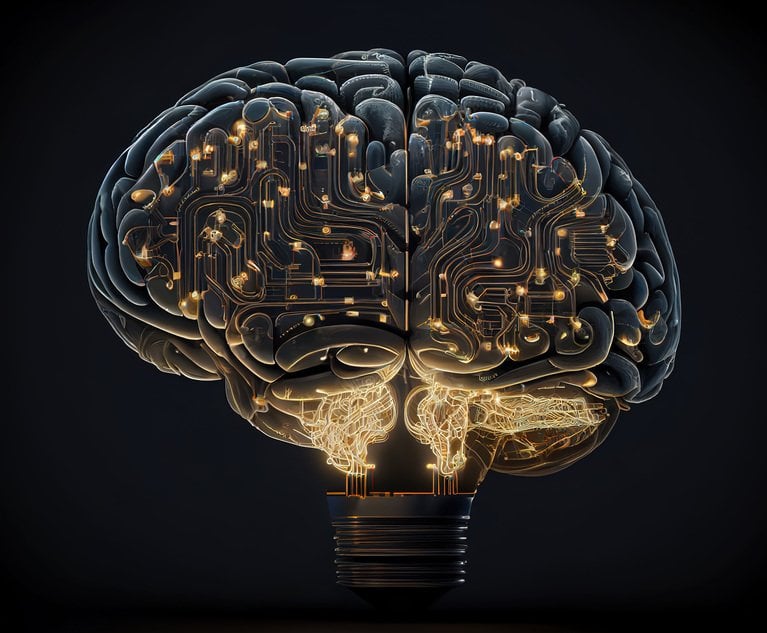 In addition to cyber insurance, adversarial ML and the failures that follow an incident could trigger claims in professional indemnity and E&O lines. Credit: Tamara/Adobe Stock
In addition to cyber insurance, adversarial ML and the failures that follow an incident could trigger claims in professional indemnity and E&O lines. Credit: Tamara/Adobe Stock
Accompanying the growing adoption of artificial intelligence at organizations of all sizes are growing risks posed by adversarial machine learning (ML), according to Swiss Re's latest SONAR report.
Recommended For You
Want to continue reading?
Become a Free PropertyCasualty360 Digital Reader
Your access to unlimited PropertyCasualty360 content isn’t changing.
Once you are an ALM digital member, you’ll receive:
- Breaking insurance news and analysis, on-site and via our newsletters and custom alerts
- Weekly Insurance Speak podcast featuring exclusive interviews with industry leaders
- Educational webcasts, white papers, and ebooks from industry thought leaders
- Critical converage of the employee benefits and financial advisory markets on our other ALM sites, BenefitsPRO and ThinkAdvisor
Already have an account? Sign In Now
© Touchpoint Markets, All Rights Reserved. Request academic re-use from www.copyright.com. All other uses, submit a request to [email protected]. For more inforrmation visit Asset & Logo Licensing.







